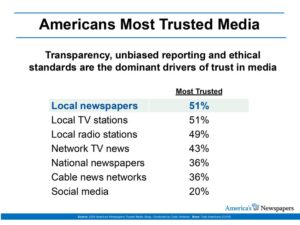Many issues remain to be resolved on how the loan forgiveness phase of the Paycheck Protection Program is supposed to work. Small Business Administration and the Treasury Department are working on another set of regulations to address that part of the process. Meanwhile, the agencies are answering some questions piecemeal.
This week, new guidance has been issued on what happens if an employer tries to return a laid-off or furloughed employee to his or her old job and the employee decides not to come back. Because forgiveness of the PPP loan rests upon a business’s ability to achieve the same employee count that it had during its base period, businesses want to know whether the inability to get an employee to return will cause part of the loan to be marked for repayment, rather than forgiveness.
The answer is that the business can still seek full loan forgiveness without counting this employee. SBA and the Treasury Department warn that businesses must document a good faith effort to bring the employee back. Employers should make clear to the employee that declining the offer may affect unemployment compensation.
SBA/Treasury have also noted in previous guidance that SBA will be reviewing individual loans for compliance if the total loan amount was more than $2 million.
Below is the question and answer on the non-returning employee.
Question: Will a borrower’s PPP loan forgiveness amount (pursuant to section 1106 of the CARES Act and SBA’s implementing rules and guidance) be reduced if the borrower laid off an employee, offered to rehire the same employee, but the employee declined the offer?
Answer: No. As an exercise of the Administrator’s and the Secretary’s authority under Section 1106(d)(6) of the CARES Act to prescribe regulations granting de minimis exemptions from the Act’s limits on loan forgiveness, SBA and Treasury intend to issue an interim final rule excluding laid-off employees whom the borrower offered to rehire (for the same salary/wages and same number of hours) from the CARES Act’s loan forgiveness reduction calculation.
The interim final rule will specify that, to qualify for this exception, the borrower must have made a good faith, written offer of rehire, and the employee’s rejection of that offer must be documented by the borrower. Employees and employers should be aware that employees who reject offers of re-employment may forfeit eligibility for continued unemployment compensation.




